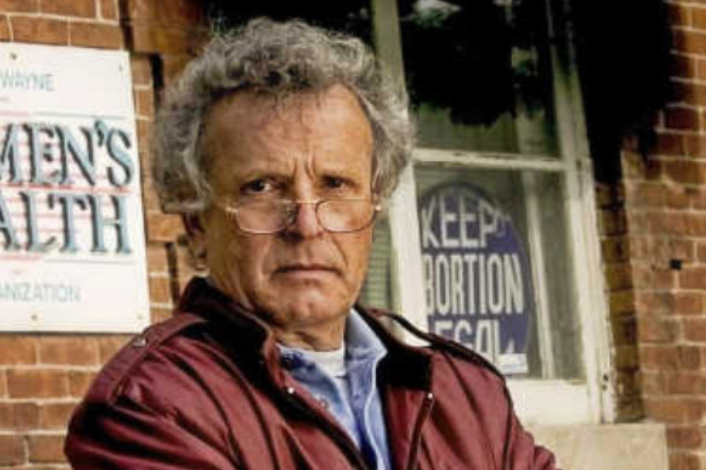An abortion doctor who hoarded fetal remains in his home once blamed World War II bombings in Dresden for his perception of “human beings” and “what they do to each other,” a filmmaker said.
Family members discovered a collection of 2,246 medically preserved fetal remains in the Illinois home of 79-year-old Dr. Ulrich George Klopfer after the abortion doctor died on September 3. Klopfer ran three different Indiana abortion clinics during his lifetime and performed over 30,000 abortions since he began operating in 1974.
But the late abortion doctor faulted the World War II bombings of Dresden, Germany, with his “perception” of “human beings..what they do to each other,” according to a transcript obtained by the Daily Caller News Foundation.
Klopfer allowed filmmaker Mark Archer to come interview him in his Fort Wayne clinic on October 18, 2018, Archer told the DCNF.
Archer said that Klopfer had reportedly stopped performing abortions in the clinic at this time. He had also been stripped of his license after failing to report the rape of a 10-year-old abortion patient raped by her uncle, as well as a variety of other malpractices including botched abortions, KNDU reports, citing a Right to Life of St. Joseph County press release.
But the abortion doctor continued to go to the clinic every Wednesday night to “check on his property,” Klopfer told the filmmaker.
Keep up with the latest pro-life news and information on Twitter. Follow @LifeNewsHQ
Archer is the producer and director of a documentary focused on Klopfer’s abortion clinics, malpractices and ultimate loss of his license – Inwood Drive, named after the street that Klopfer’s Fort Wayne clinic. Archer and his wife Amber went to interview the abortion doctor together in order to let Klopfer offer his own side of the story for the documentary.
“He was very lonely,” Archer said. “He seemed like he was very desperate for someone to talk to.”
Klopfer described living with his aunt in the suburbs of Dresden, Germany in 1945. The late abortion doctor would have been five years old at the time. While he was there, the Allied forces firebombed Dresden “for three days and two nights,” he said.
“The death toll varies upon who you wanna believe,” Klopfer told Archer. “The Allies say it was forty to fifty thousand. The Germans said somewhere around a hundred thousand, the German government at that time said it was a hundred and fifty thousand.”
Sources speculate on the exact death toll numbers of the Dresdan firebomings saying the death count was somewhere between 35,000 and 100,000, according to History.com. This compares to the 135,000 initially killed in the Hiroshima bombing.
Klopfer described how American POW’s who were in trains at the train station were killed in the bombings, how Russian soldiers drove through fields with AK-47s “shooting at anything and everything,” and how the family across the street from his aunt’s home was bombed.
“The effects of the war may have probably not have had a positive effect…on my perception, okay?” He said to Archer.
“On your perception of what?” Archer asked him, to which Klopfer responded, “Of human beings…what they do to each other.”
“That was obviously a defining moment in his life,” Archer said, adding, “It made me sad for the boy that became the monster.”
The filmmaker also said that Klofper’s clinic was “filthy dirty full of clutter” – and he is fearful of what authorities may find in Klopfer’s clinics.
“I think he’s a hoarder,” Archer told the DCNF. “And when we found out that he had all of those of those babies saved at this house, our reaction was shocked but not surprised.
“I am fearful of what they’re going to find in the clinics,” Archer added. ” What we saw at the clinic that he would let us see – it wouldn’t surprise me.”
LifeNews Note: Mary Margaret Olohan writes for Daily Caller. Content created by The Daily Caller News Foundation is available without charge to any eligible news publisher that can provide a large audience.








